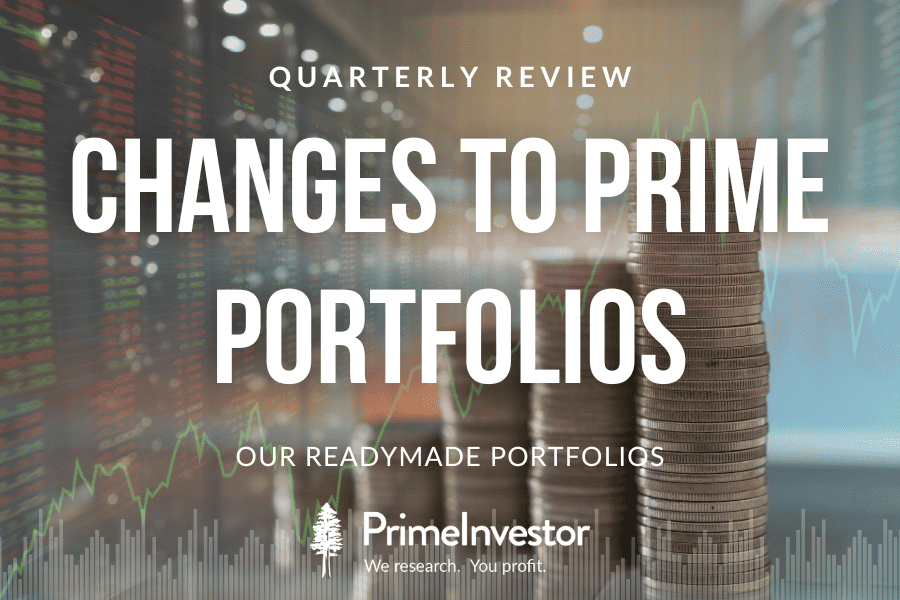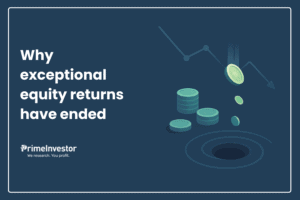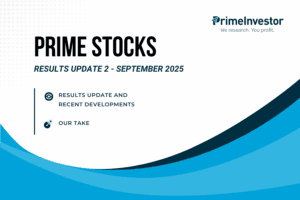Prime Portfolios are a set of eighteen unique portfolios that meet several investor timeframes and needs. Prime Portfolios are listed under Ready-to-use-portfolios in the Recommendations dropdown. These portfolios primarily use mutual funds, but where there are better-suited products such as deposits or government schemes, the portfolios include those as well.
We review these portfolios every quarter and make changes, where necessary, to remove underperformers or to include any new investment opportunity or product that may come by.

If you are new to PrimeInvestor, do go through the boxed section below on how we construct Prime Portfolios and how you can use it. Else, skip to the section below the box.
Construction of Prime Portfolios
We have classified Prime Portfolios based on popular financial needs/goals you may have. The basis for many of these would be the goal’s timeframe. We have therefore segregated many of these goals further into timeframe buckets. For those looking for passive investing options, check our home page of Prime Portfolios.
Fund or instrument selection: Prime Portfolios draw from Prime Funds and mix funds with different strategies to minimize duplication within a portfolio. However, there may be a few cases where funds are outside of Prime Funds. This apart, we use other products, primarily on the fixed income side, in portfolios where they will be good options.
Asset allocation: The asset allocation in Prime Portfolios is done based on the ‘ideal’ allocation for a given timeframe or goal. But this is not cast in stone. Assess your own capacity to take risk before choosing a portfolio. These portfolios are not ‘advisory’ in nature. They are bundled MF products with a mix of equity and debt funds and fixed income options with varying strategies for diversification.
Using Prime Portfolios
Prime Portfolios are useful in the following cases:
- If you are new to mutual fund investing, or do not know how to mix funds and want a readymade basket of funds to invest.
- If you are an existing investor but have new goals and want an asset-allocated portfolio for that purpose.
- If you wish to build your own portfolio by taking cues from the asset allocation and category allocation that we use.
- If you wish to add or modify your existing portfolios by taking cues from Prime Portfolios’ construction use Prime Funds or MF review tool.
- If you want help to build your own portfolio, then use our Build your own Portfolio tool to have an asset allocated portfolio with the right category mix.
If you are investing in or referring to any Prime Portfolio, note the following:
- We review these portfolios every quarter after the review of our ratings, recommendations, and Prime Funds. So, this will typically be 2-3 weeks after the end of a quarter.
- Changes may involve fund changes or individual fund allocation changes.
- In the review, where we make changes to Prime Portfolios, we will explicitly specify whether a fund needs to be exited or only SIPs stopped, and investments made so far held.
- In our review reports, we mention only those portfolios where there are actual changes or portfolios to which we wish to draw your attention on any performance. If a Prime Portfolio is not mentioned in these reports, you can take it that there are no changes.
- To track changes to a portfolio, click the ‘Follow’ button to ensure you receive alerts about the changes. Your Dashboard will also show you portfolios that have been changed when you Follow a portfolio.
- We send email and Dashboard alerts on changes only for those who ‘Follow’ a portfolio. However, we also publish a report on the blog on the same every quarter, with the detailed reasoning for changes along with action to be taken. Either way, keep note of our emails – a week or two after a quarter ends!
Some asset classes in your portfolio may have strayed from the original asset allocation as market rallies. You need to run a check on this once a year to see whether you need to rebalance, as each of you would have invested in different times. Read our explanation on rebalancing here and use our calculator to know how much to invest/redeem in rebalancing.
It is important for you to read and record our emails for all the above. So kindly make sure you find some time to do this to keep your portfolio in good shape!
Change in Prime Portfolios this quarter
This quarter we have just one change to a portfolio. However, we wish to bring to your notice, performance of other equity-oriented portfolios.
Timeframe: 5–7-year portfolio
In this portfolio we are replacing Axis Banking & PSU Debt fund with Nippon India Floating Rate Fund to take advantage of the better return prospects in floating rate funds in the present rate scenario. Axis Banking & PSU debt is a good fund with a roll down strategy. We allowed this fund to roll down as we have another medium duration debt fund in this portfolio. The fund is back to average maturity of about 2.5 years post such roll down.
However, given that rates can remain sideways for some more time before a reduction happens, we believe returns can be marginally higher with a floating rate fund. Besides, Nippon India Floating Rate has a higher duration that will help catch any rally during a rate reduction scenario. Given the long-term nature of this portfolio, we will be comfortable with some volatility in this fund for better returns.
Action required: Hold investments made so far in Axis Banking & PSU Debt. Any future SIPs can be stopped and started in the new Nippon Floating Rate fund added. If you are investing lumpsums, use Nippon India Floating Rate for any such lumpsums. Do not exit the Axis fund unless you are planning on any portfolio consolidation. The fund is not a sell candidate based on its performance.
All other funds in the portfolio remain unchanged.
Other portfolio updates
While there are no changes to the other portfolios, we wish to take stock of the performance of some of portfolios.
Shorter-term & income portfolios
All short term and income-based portfolios have done steadily and have consistent funds or optimally returning fixed income options in the present rate scenario. The 3–5-year portfolio continues to beat the blended benchmark. We have some clean-up to be done here for older hold calls (Next 50) that we gave. We would like to bunch it up and give it within a couple of quarters, to allow a year to pass since our hold call.
Timeframe: 5-7 year portfolio
The 5–7-year portfolio has reduced the margin of its underperformance, but continues to lag the blended index by about 250 basis points (as of December 31, 2023). The sector fund we introduced has provided some leg up to returns and may continue to help even within the limited weight it has. However, the improvement in this portfolio’s returns to move above the blended benchmark has been hindered by two factors:
- One, we had brought in two passive funds (as we did not want too much churn in what is ideally a long-term buy and hold portfolio). We brought these index funds in the largecap and midcap segments where fund outperformance was thinning. However, this means that this allocation cannot be expected to ‘beat’ our blended benchmark. So, 30% of this portfolio cannot really deliver benchmark-beating returns.
- Two, the fund that was intended to generate alpha for the portfolio - Kotak Emerging Equity – is currently going through a significant underperformance, thanks to mid and smallcap indices (that house stocks that are not necessarily of sound quality) soaring. Funds cannot dream of holding many of the stocks in those indices or in the allocation required to deliver outsized returns. This is an effect of a red-hot rally in the market, a sign of a not-so-healthy bull market (when stocks with poor fundamentals rally).
The result is that Kotak Emerging Equity has not aided good outperformance in the portfolio. The sector fund we added (10% allocation) has done the lone weightlifting, to the extent it can.
In such periods, we typically prefer to wait for the market froth to settle before taking a call, especially as quality midcap funds are good at downside containment. We do see the need for some overhaul in this portfolio but will take it when there is clarity on the flash performers versus consistent ones in the market. When that happens, we will be taking a call on Kotak Emerging Equity as well.
Other portfolios
For the greater than 7 years portfolio, the same explanation above on Kotak Emerging Equity holds good as well. This portfolio, which was beating the blended benchmark earlier, has slipped just below (less than 1 percentage point) it in this quarter as the big underperformance in Kotak Emerging Equity weighed. The lower passive holding in this portfolio and the outperformance of the remaining portfolio has helped. The active NRI portfolio too has this underperforming fund at this point.
The High Growth portfolio continues to beat the blended benchmark by about two percentage points, inspite of the marginal underperformance in the small-cap fund. As discussed earlier, a fund’s underperformance of mid and small-cap index will not be a good measure at this point to take any decision. Hence, this does not worry us.
We will produce more decisive thoughts on the underperforming fund/portfolio in a couple of quarters and will accordingly make the necessary changes. We request you to stay put until then.
All equity-oriented portfolio returns are available on the respective Prime Portfolio pages.





